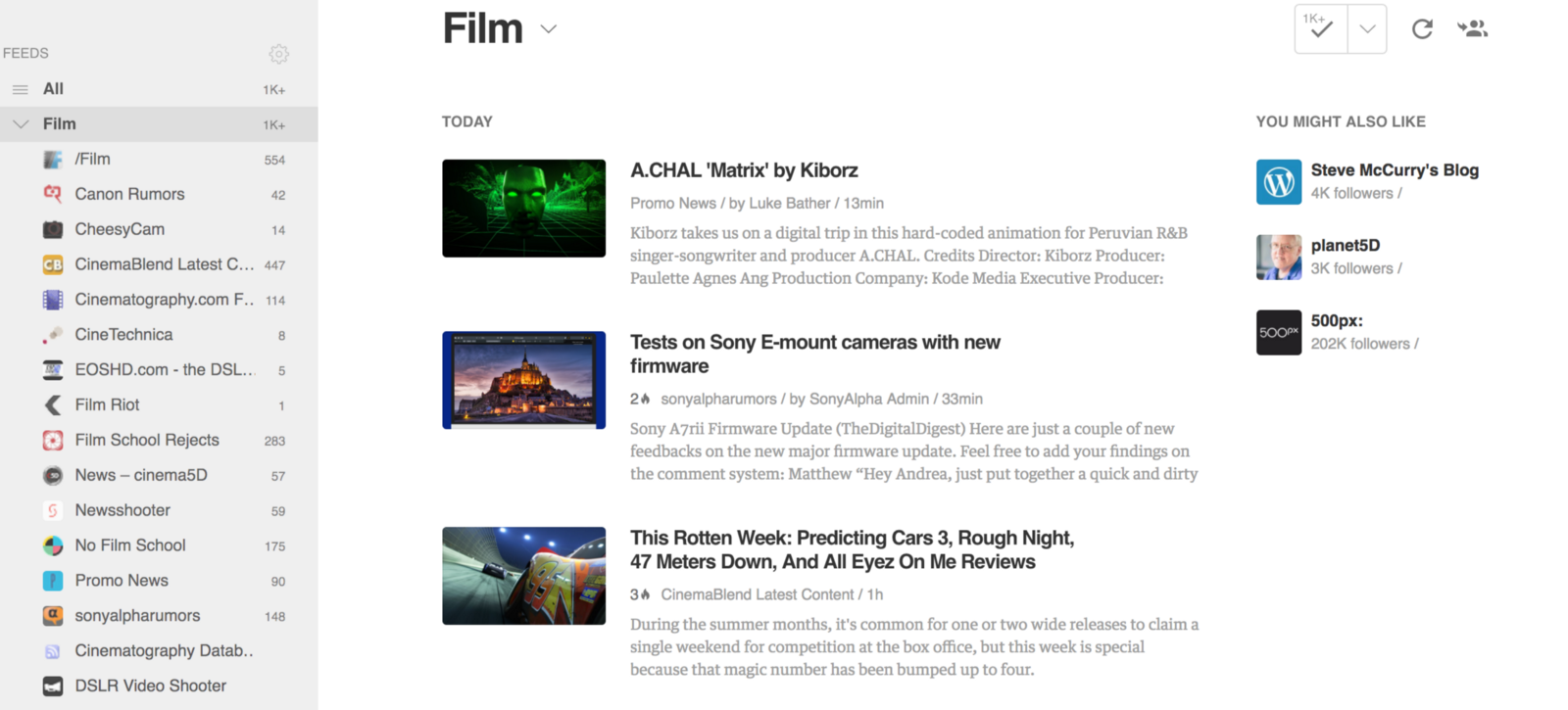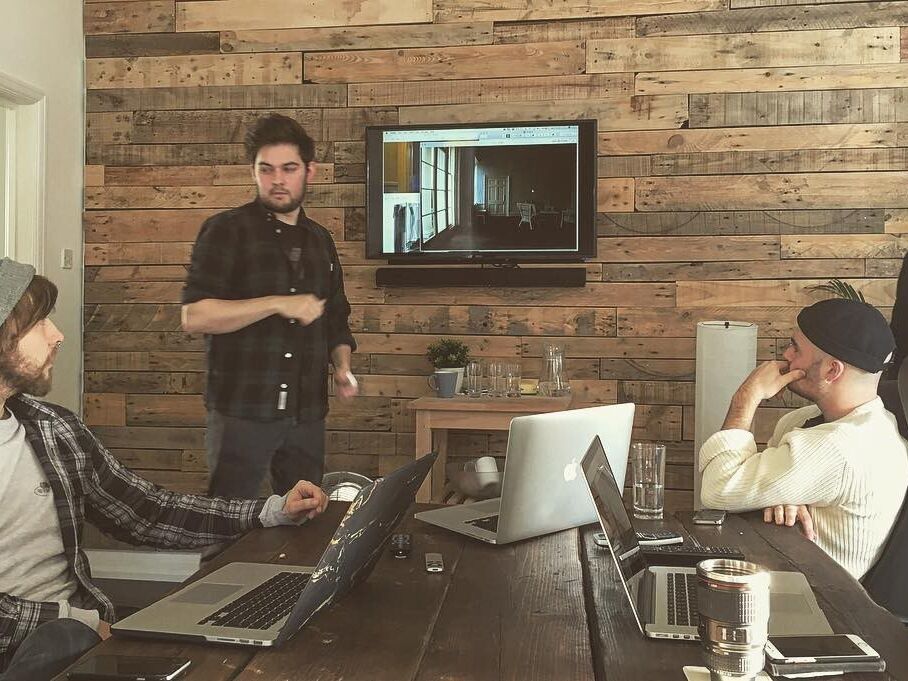Jelley’s Q&A #003: Learning Resources


Those of you who read Q&A #002 will know that Alex Banks took advantage of this platform, and asked me two big questions at the same time.
So I’ve had to split them into two separate articles. Thanks, Alex. Anyway, here we go…
Do you have any other tips for someone like me or could you recommend any books etc?
I’ve often said that one of the main reasons for my love of cinematography is the idea that the learning never stops, and there is no ceiling. For someone who grew up infuriating his parents by asking “Why?” dozens of times a day, a career path that can quench my thirst for knowledge is a dream.
That being said, the other aspect of the role that I’ve fallen in love with is the ability to reinforce and affirm the learning that you do by executing it in a practical and tangible sense. To be a progressive and professional cinematographer, in my opinion, you must be able to marry these two elements together. It’s all well and good reading about how to light and shoot a subject in a new way, but what good is that if you don’t plan on implementing that technique on a shoot?
Of course, the transition times between the learning and the doing can vary. There have been times where I’ve learnt something but had to wait patiently for a chance to use said technique on a shoot, but being in a constant state of harvesting information can’t hurt at all!
I guess when it comes to my learning resources I have 4 categories:
- Blogs (40%)
- Firsthand Learning (30%)
- Online Videos (20%)
- Books & Magazines (10%)
You can see above that I’ve also given a rough guide to how much each style of learning is portioned as a percentage of my overall learning.
Blogs
As you can see, I read a lot of blogs. This is mainly thanks to a clever app called Feedly. Feedly has pretty much changed my life. It saves me so much time! It allows you to consolidate all of the RSS feeds from all of your favourite blogs into a click-through directory, meaning that you don’t need fifty bookmarks or an impeccable memory to access them regularly. It also displays the five latest posts from each blog on one page and lets you read the first hundred words or so of each post before you decide to migrate over to the actual blog’s website. This allows me to basically steamroller my way through pages and pages of camera tech news, reviews and more — all in a 15-minute tea break.
Obviously, your Feedly is only going to be useful if you fill it with good blogs, so being the generous fella that I am, I’ve attached a screenshot below containing all of the blogs that I follow (like our journal). You’re welcome.

Firsthand Learning
Next on my priorities list is firsthand learning. This is a bit more difficult to actively seek because you aren’t always going to be working with people that you can learn from. This learning encompasses everything you can gather from listening to actual humans. Seminars at film expos and events such as BVE, BSC and IBC are great ways to learn from the greats, and also gives you an opportunity to ask questions.
Working on set with people more experienced than you is completely invaluable. Whether it’s a director, gaffer, grip or anyone else in a skilled role, surrounding yourself with people who are experts in their field will, without doubt, provide you with a tonne of learning opportunities. Even if they aren’t directly explaining something to you, just observing the way in which they gel a lamp or handle a cable or even speak to other people can be super insightful.
It’s worth mentioning that seeing people do things wrong and handle things badly can be just as important as watching people do things right. The more things you see go badly, the more you learn to avoid.
Video Content
Next is online video content or just video content in general. I should probably just call this section ‘watching shit’. This can really be as formal or as informal as you like. There are a number of YouTube channels that I subscribe to and never miss a post from, and of course, there are plenty of tutorials online too.
You can pretty much learn anything on Youtube nowadays. The only tricky thing is that you have to be personally discerning in terms of what you choose to believe and what you consider to be accurate. Even though there are a lot of teachers on YouTube, not all of them are experts and it’s very easy to seem like one, so it’s always worth watching a couple of different videos on the same subject to give you a chance to scrutinise.
What’s great about working in a visual medium is that everything, literally everything, every photon that enters your eye holes is information that you can take on board. Seen a great movie last week? Why was it great? What was it about the images that you liked? What did you hate? What would you have done differently? Out for coffee with a friend in a new hipster cafe? Great, how does that particular place make you feel, and what is it about the decor or lighting that makes you feel that way? Is it a typical cafe, or is there something interesting about this one?
If something makes you feel a certain way, there is a reason for it, and that is something that can be observed and measured and learnt from.
Start sponging that shit up. If you haven’t noticed, all of the above resources that constitute 90% of my active learning are free. FUCKING FREE. It costs you nothing. Apart from maybe a coffee. How awesome is the 21st century?
Books & Magazines
Lastly, there are a few books that I’m working my way through, such as Painting with Light by John Alton, which although speaks of his career and techniques developed in the 1950s, still contains a tonne of useful techniques and theory that is unchanged to this day.
Magazines such as ASC Magazine are hugely valuable as they contain interviews with big name DOPs where they discuss lighting and camera setups for the films you’ve probably just watched in the cinema, which for me is so fascinating as it makes me realise that sometimes what I’m doing isn’t so far off. It also blows my mind on occasions where the scale is just so big, but that is just as interesting.
Like I said, this only makes up about 10% of my learning and can definitely be considered a bolt-on option, but if you can afford it, it’s definitely worth looking into.
I hope this was useful, Alex. Thanks for taking the time to ask me a question(s), you cheeky git.
